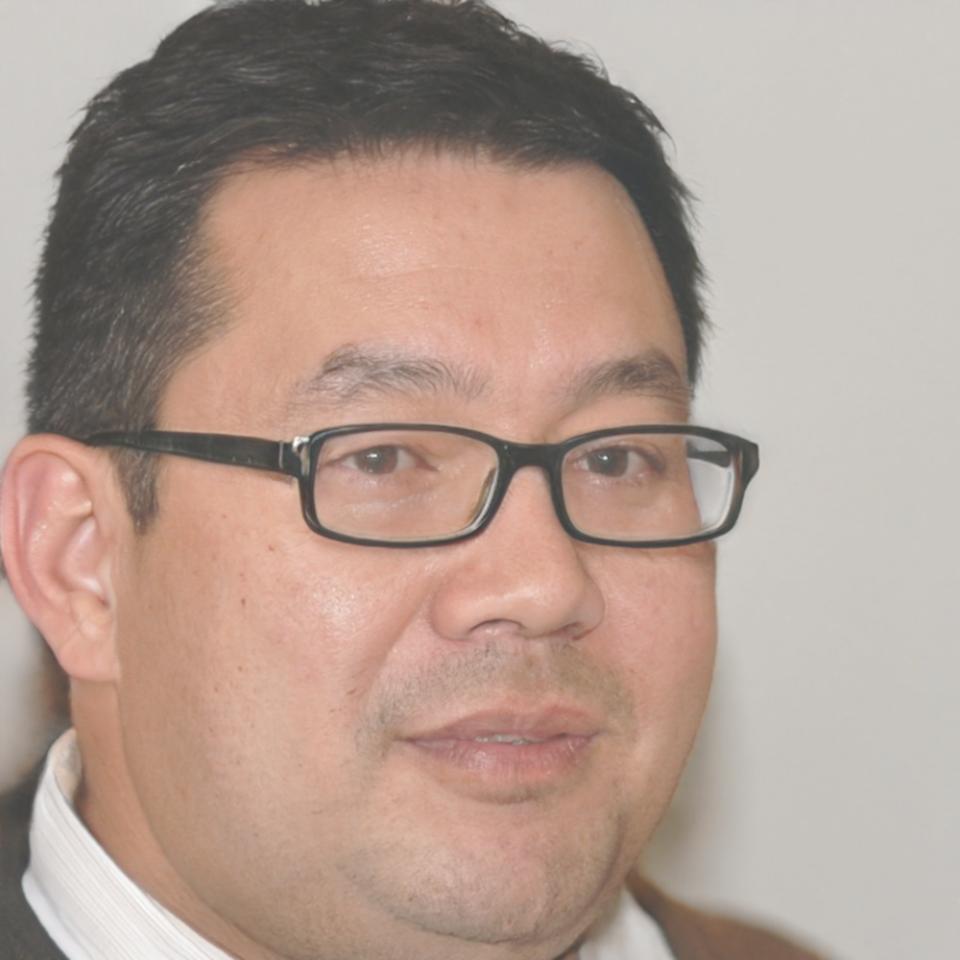Investment Monitoring From Your Home Office
Managing portfolios remotely changed everything in 2020. But here's what most people don't realize—the shift wasn't just about location. It fundamentally altered how we interact with financial data and client relationships.
After working with hundreds of professionals transitioning to remote investment monitoring, we've learned what actually works. And honestly, some of it surprised us.
The biggest challenge isn't technology. It's maintaining discipline when your kitchen is ten steps away and market volatility demands immediate attention at 3pm on a Tuesday.

Building Your Remote Monitoring Environment
These strategies came from real experience—mistakes included. We tested different approaches throughout 2024 and early 2025 to see what genuinely improved outcomes.
Physical Space Design
Your workspace impacts decision quality more than you'd think. We've seen this play out repeatedly.
- Separate monitors for different data streams prevent constant tab switching
- Natural lighting reduces afternoon fatigue during market hours
- Ergonomic setup matters for those 12-hour volatility days
- Sound management—market noise vs. household noise creates unique challenges
Information Flow Management
The temptation to monitor everything simultaneously will derail your focus. Been there.
- Designated times for deep portfolio analysis vs. market scanning
- Alert thresholds that actually matter—not every 0.5% movement
- News filtering systems to avoid information overload
- Client communication windows that respect both schedules
Routine Architecture
Structure prevents the chaos that remote work can become. This took us months to refine properly.
- Morning market reviews before family distractions begin
- Scheduled breaks prevent burnout during volatile periods
- End-of-day documentation while details remain fresh
- Weekly performance reviews away from daily noise


The Concentration Framework We Actually Use
Let's be honest—maintaining focus while monitoring investments from home is hard. Your brain doesn't naturally separate "home mode" from "work mode" when you're in the same space.
We developed this approach after watching what worked (and what absolutely didn't) across different market conditions throughout 2024. Some days test your discipline more than others.
Morning Market Positioning
Review overnight developments and set your attention priorities before markets open. This 45-minute window determines your entire day's effectiveness.
Active Monitoring Blocks
Two-hour focused sessions with specific objectives. Not just watching screens—analyzing predetermined metrics with clear decision criteria.
Strategic Disconnect Periods
Counterintuitive but essential. Stepping away from real-time data prevents reactive decisions during normal market fluctuations. Trust your preparation.
Documentation & Reflection
Daily recording of decisions and reasoning. When you review these in six months, patterns emerge that real-time monitoring never reveals.

Thibault Delvaux
Portfolio Strategy Consultant
"The transition to remote monitoring exposed habits we didn't know we had. Most professionals overestimate their ability to multitask during market hours. Building intentional barriers between work and home life—even in the same physical space—requires more structure than people expect."
Real-World Portfolio Management Experience
Theory sounds great until markets move 3% in an hour and you're troubleshooting your home internet connection. We learned most of these lessons the uncomfortable way.
Throughout 2024, we tracked how different remote setups performed during various market conditions. The results challenged several assumptions about optimal monitoring approaches.
Key Finding from Q1 2025 Analysis
Professionals using structured monitoring schedules with deliberate disconnect periods made better risk-adjusted decisions than those maintaining constant connectivity. The difference became most pronounced during high-volatility weeks.
Technology Redundancy Planning
When your primary internet fails during market hours, what's your backup? This isn't theoretical—it happened to three clients last month. Mobile hotspots, backup devices, and alternative data access methods matter more than perfect primary setups.
Client Communication Protocols
Remote work blurred availability boundaries. Establishing clear response timeframes and communication channels prevents the "always available" trap that leads to burnout by August. Your clients benefit from your sustainable practices.
Continuous Learning Integration
Remote monitoring creates unique opportunities for skill development. Recording your decision-making process and reviewing it quarterly reveals patterns that improve judgment. We're running focused workshops in autumn 2025 that explore these techniques in depth.
